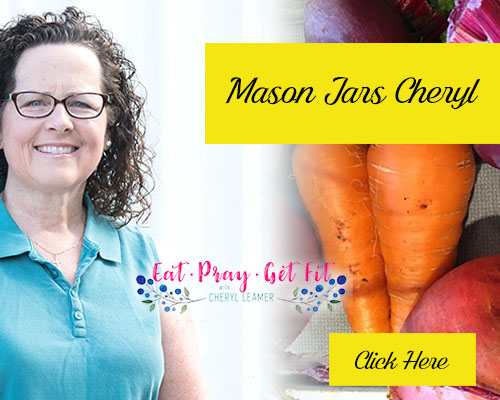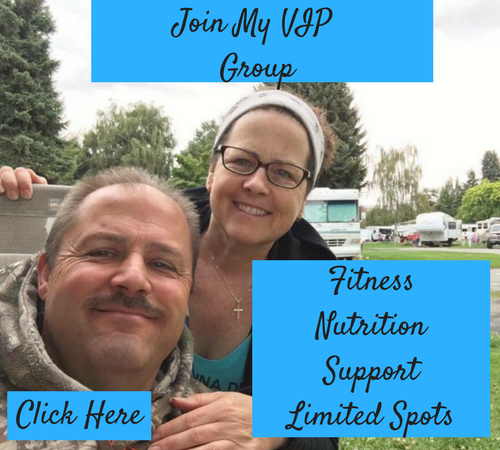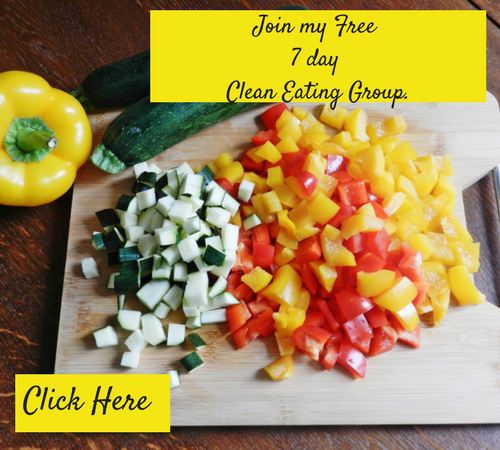Bring on the Birds

Bird watching and gardening are two hobbies that can easily coexist. With the popularity of organic gardening increasing, many gardeners are looking for a way to control weeds and insects from taking over their landscape and birds are one solution to a chemical free garden. Of course if you avoid insecticides, pesticides and herbicides, you’ll have an abundance of insects and weeds, but fortunately birds love seeds – including weed seeds – and many species (such as bluebirds) rely on insects as their main food source. Even birds that are primarily seed eaters, will feed insects to their newly hatched nestlings. Protecting the natural food sources of birds will attract twice as many species to your landscape than if you relied solely on purchased birdseed and feeders.

Providing your local birds with their top favorites in native trees, shrubs, wildflowers and ground covers will also attract a larger variety of birds to your gardens. Visit a nearby conservation center for a list of plants that are indigenous to your area. Providing a water source – bird bath, fountain, water garden – will also increase your chance of viewing a variety of birds that are not attracted to feeders
I loved planting giant sunflowers this past year and they are a cheap easy way to attract birds to your gardens. In 1980 The U.S. Fish and Wildlife Service published a landmark study (conducted by Aelred D. Geis) of bird food preferences. Black oil sunflower seeds were by far the most preferred type of birdseed and attracted the greatest number of bird species. My birds didn’t seem to mind. They enjoyed all the variety that I planted, big and small.
Of course the best way to increase the amount of birds visiting your property, is to garden for the birds, but to get those close-up views you’ll want to offer a variety of bird seed and bird feeder options. Set up your feeder in a place where it is easy to see and convenient to refill. Window collisions are often fatal to small birds and feeders should be placed either very close to the window (less than three feet) or much further away (greater than 10 feet). I even put window clings on my front window because they still seem to fly into it on occasion.
Feeders located about 10-15 feet from a natural shelter such as trees or shrubs offer resting places for birds between feedings and provide a quick escape from predators. Black-oil sunflower seed (as mentioned above) is the best all-around choice for attracting a wide variety of birds. Finches, chickadees, titmice, cardinals, nuthatches and many other common feeder birds readily consume black-oil sunflower. Safflower isn’t a favorite of every bird (cardinals’ love it!), but if you’re having trouble with non-native starlings at your feeders you might switch to this seed. Millet is a favorite of many ground feeding birds including sparrows, doves, and juncos. Corn, either whole or cracked, is attractive to pigeons and doves. Nyjer or thistle is another common seed that is favored by finches.
Feeding the hummingbirds is especially my favorite. I make a solution of 2 parts water to 1 part sugar. No food coloring. And there are a variety of feeders on the market from inexpenive plastic feeders to the very beautiful handblown glass ones. We feed our hummers year round and my husband even devised a cool warmer to keep the food from freezing.
The feeders can be especially attractive to your local squirrels as you can see here. It’s hard to avoid this unless you purchase baffles or special feeders to keep them out. I enjoy watching them so really don’t do much to deter.
How ever you choose to feed and attract birds, be sure to keep your feeders clean from mold, fungus and insects. Every spring I bring down all my feeders and clean them with a commercial product called Microbe-lift, Birdhouse and Birdfeeder cleaner. It’s easy to use and it gets all the grime and insect out of your feeders. You can also use a very mild bleach solution but just be sure you rinse your feeders well. And with my hummingbird feeders, I wash them with soap and hot water every time I refill.
Happy Bird Watching!!!
Be sure to comment below with any fun tips or facts on how you enjoy to feed the birds.









